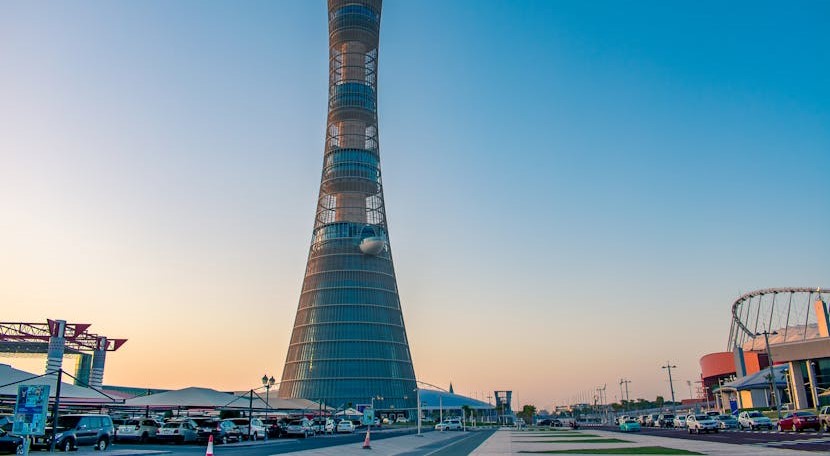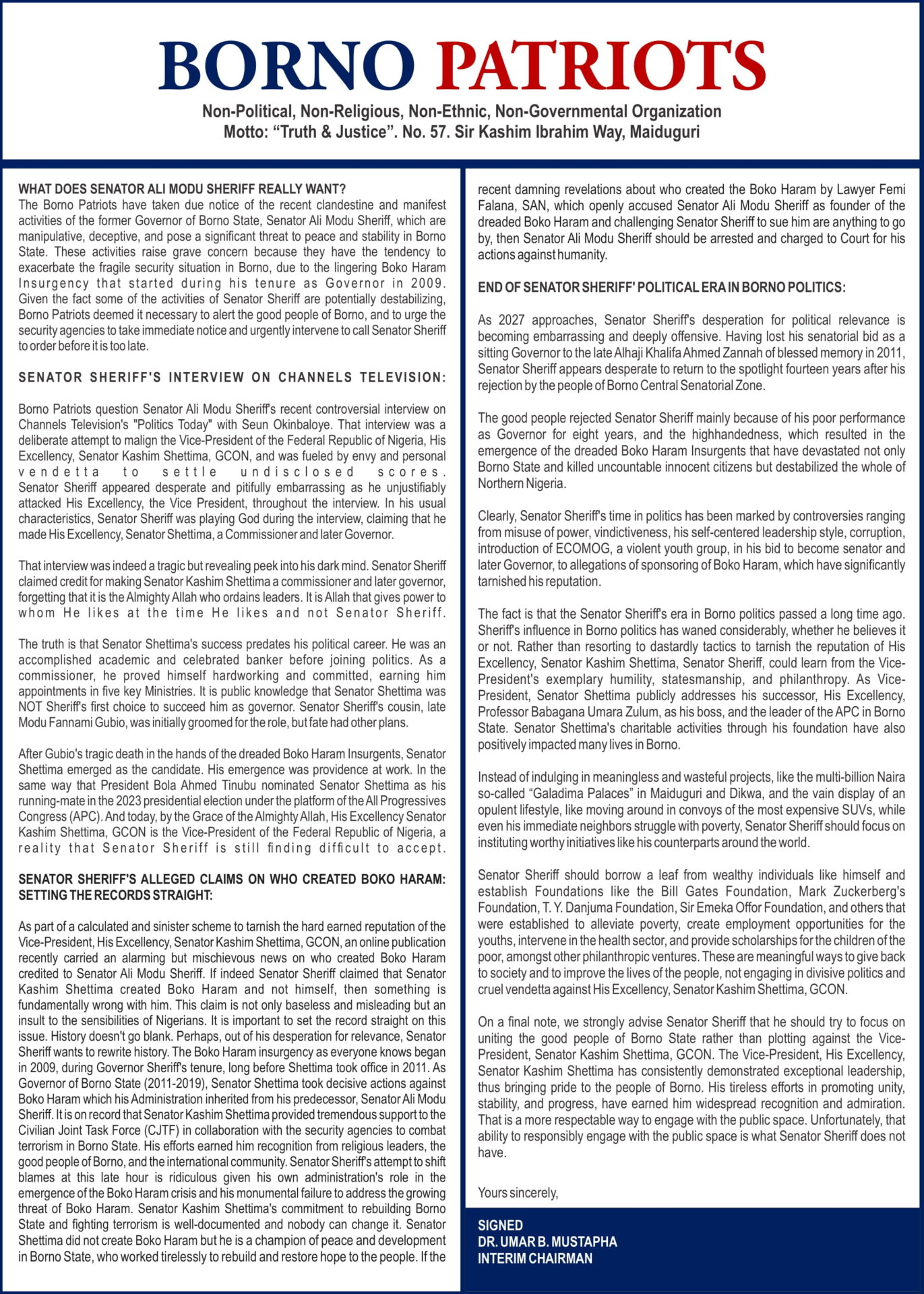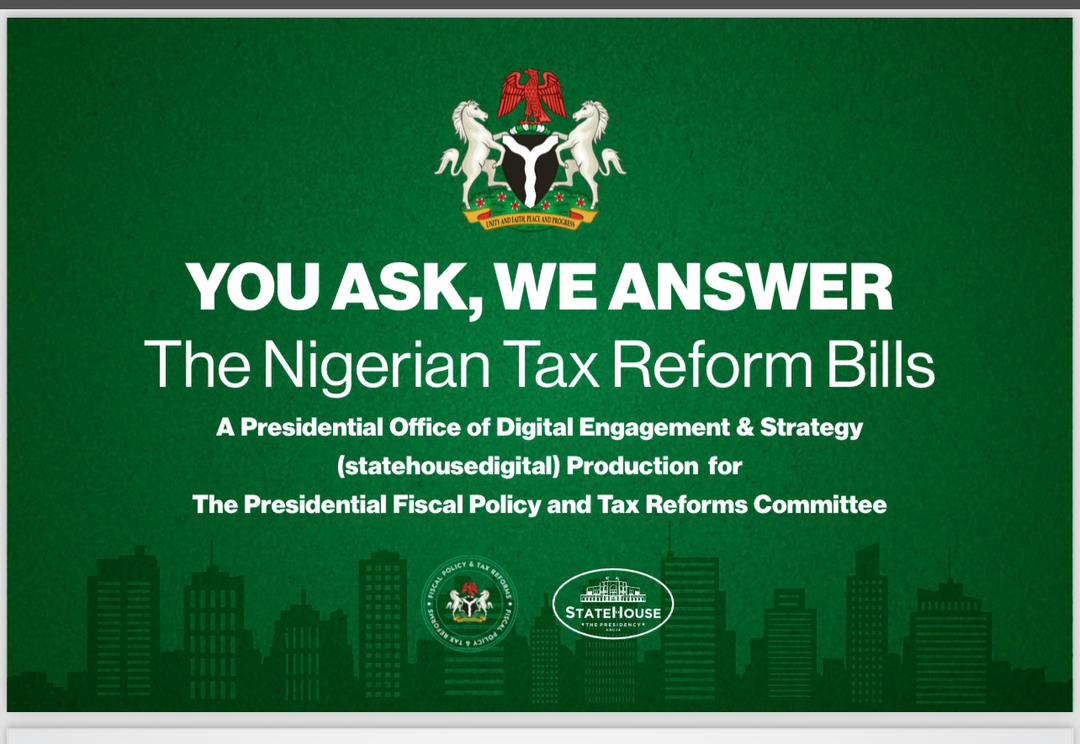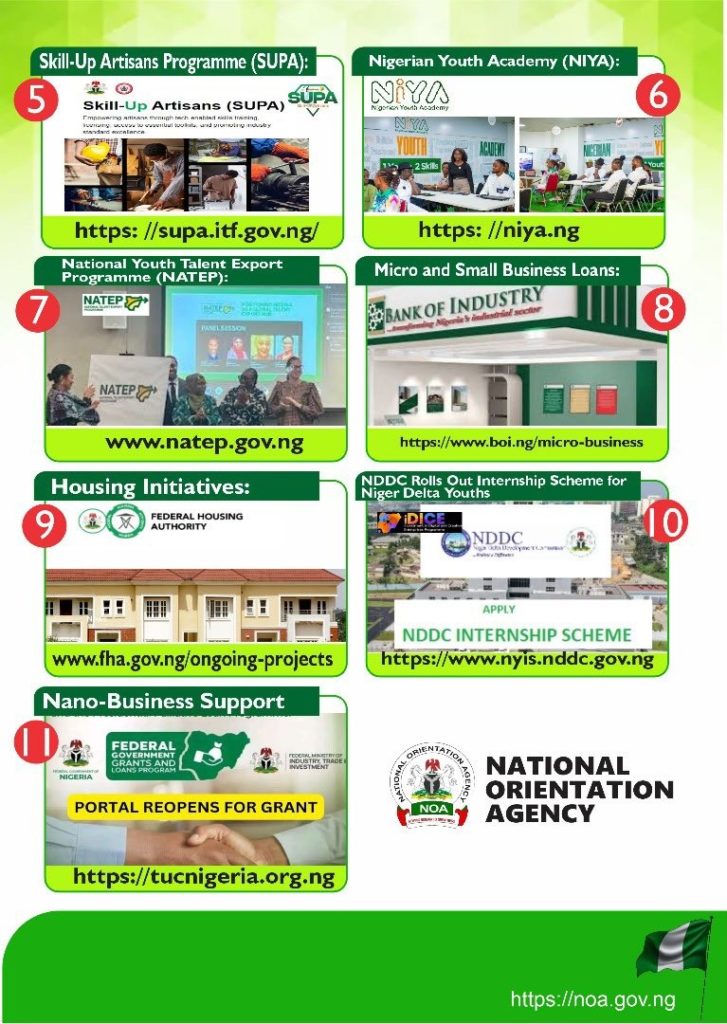THE Middle East is experiencing a significant transformation in its tourism sector, driven by the proliferation of low-cost airlines and the implementation of unified visa systems. These developments are making travel more accessible and affordable, thereby attracting a diverse array of tourists and stimulating regional economies.
The introduction of a unified tourist visa for GCC member states marks a historic shift in the region’s approach to tourism. This Schengen-style visa will allow travelers to visit Saudi Arabia, UAE, Qatar, Bahrain, Oman, and Kuwait with a single permit, simplifying cross-border travel.
Benefits of the Unified Visa System:
Streamlined Travel: Tourists can explore multiple GCC nations without the hassle of obtaining separate visas.
Enhanced Appeal: The system is expected to attract millions of new visitors by offering a seamless travel experience.
Economic Impact: The GCC tourism market is projected to reach 128.7 million visitors by 2030, up from 39.8 million in 2022.
This initiative aligns with the tourism goals of each member state, creating a unified strategy to position the region as a top global travel destination.
Expansion of Low-Cost Airlines in the Middle East
The rise of low-cost carriers (LCCs) has been instrumental in reshaping the Middle East’s aviation landscape. Airlines such as Wizz Air, Air Arabia, and flynas have expanded their networks, offering budget-friendly options that appeal to a broad customer base. For instance, Wizz Air’s establishment of operations in Abu Dhabi in 2019 has significantly transformed the region’s budget travel market, providing exceptionally low fares and a wide range of point-to-point travel options.
These airlines have introduced new routes connecting the Middle East with Europe and Asia, facilitating greater mobility and fostering cultural and economic exchanges. Wizz Air, for example, plans to launch new low-cost flights between Europe and the Middle East, including routes from London Gatwick to Jeddah and Milan to Abu Dhabi, utilizing the Airbus A321XLR aircraft.
Each GCC country is leveraging these advancements to enhance its tourism offerings:
Saudi Arabia: The Kingdom has introduced an eVisa system for GCC residents and is investing heavily in mega-projects like NEOM and AlUla.
UAE: Dubai and Abu Dhabi continue to lead in global tourism rankings with attractions like Expo City Dubai and Louvre Abu Dhabi.
Qatar: Following the success of the 2022 FIFA World Cup, Qatar is focusing on luxury and cultural tourism.
Bahrain: Known for its heritage sites and Formula 1 events, Bahrain is enhancing its connectivity through affordable flights.
Oman: With its natural landscapes and cultural heritage, Oman is targeting adventure and eco-tourism.
Kuwait: The country is investing in tourism infrastructure to diversify its economy and attract global visitors.
Impact on Middle East Tourism
The availability of affordable air travel has democratized tourism in the Middle East, making it accessible to a wider demographic. This surge in tourist arrivals has had a positive economic impact, boosting sectors such as hospitality, retail, and entertainment. The increased competition among airlines has also led to more competitive pricing, benefiting consumers and encouraging more frequent travel.
Unified Visa Systems: A Catalyst for Regional Tourism
In a landmark move, the Gulf Cooperation Council (GCC) approved a unified tourist visa, set to launch between 2024 and 2025. This Schengen-style visa will allow tourists to travel across all six GCC member states—Oman, Bahrain, Kuwait, Qatar, Saudi Arabia, and the UAE—with a single permit.
Benefits of the Unified Visa
The unified visa system is expected to significantly enhance the region’s appeal as a tourist destination by simplifying travel logistics and reducing bureaucratic hurdles. It aims to increase the number of visitors to the GCC countries to 128.7 million by 2030, up from 39.8 million in 2022.
Saudi Arabia’s Tourism Initiatives
Saudi Arabia has been at the forefront of tourism reforms, introducing a unified electronic tourist visa for residents of GCC countries. This eVisa, valid for one year and allowing multiple entries, reflects the Kingdom’s commitment to enhancing tourism and making the region more accessible to visitors.
Challenges and Considerations
Despite these advancements, challenges such as fluctuating airfares and geopolitical tensions can impact tourism growth. For instance, airfares for international arrivals in the Middle East increased by 34% in 2022 compared to 2019, influenced by factors like rising fuel costs and increased demand.
The combination of expanding low-cost airline networks and the implementation of unified visa systems is revolutionizing tourism in the Middle East. These initiatives are making the region more accessible and attractive to a global audience, fostering economic growth, and promoting cultural exchange. As these developments continue to unfold, the Middle East is poised to become a leading hub for international tourism.






